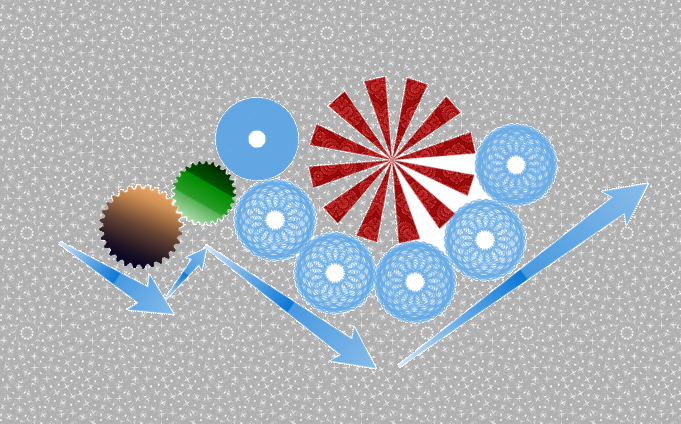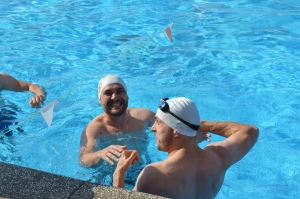One of the cognitive biases that keep the incompetent people away from realizing that they are incompetent. No matter if they constantly mess-up things at work, have the same type of dispute at home, are failing various projects, the incompetent still don’t look at them as they’re incompetent.
There isn’t a fine line that separates the “incompetent” from “competent”, but the incompetent is that individual that is less competent than its peers.
The study that Dunning and Kruger worked on, starts with 4 predictions about the links between competence, metacognitive ability and the inflated self-assessment:
- Incompetent individuals, compared with their more competent peers, will dramatically overestimate their ability and performance relative to the objective criteria.
- Incompetent individuals will suffer from deficient metacognitive skills, less able to recognize competence when they see it
- Incompetent individuals will be unable to use information about choices and performance of others to form more accurate impressions of their own ability
- Incompetent individuals can be more competent by providing them the metacognitive skills necessary to realize that they have performed poorly.
All the above predictions have been exemplified using a series of case studies where the participants have been asked to assess their ability and test performance.
Interesting enough the results of the studies softly conclude that: the way to make incompetent individuals realize their own incompetence is to make them competent.
“Cognitive psychology tells us that the unaided human mind is vulnerable to many fallacies and illusions because of its reliance on its memory for vivid anecdotes rather than systematic statistics. “ – Steven Pinker















